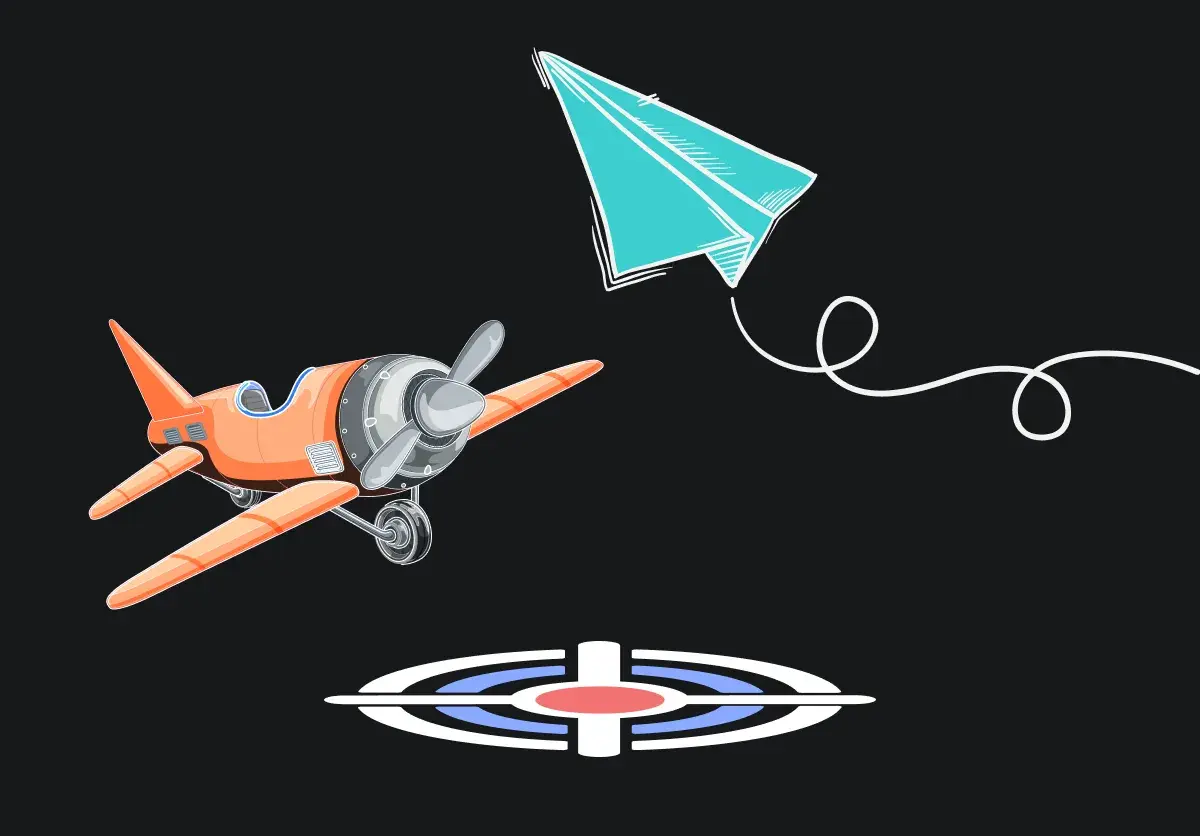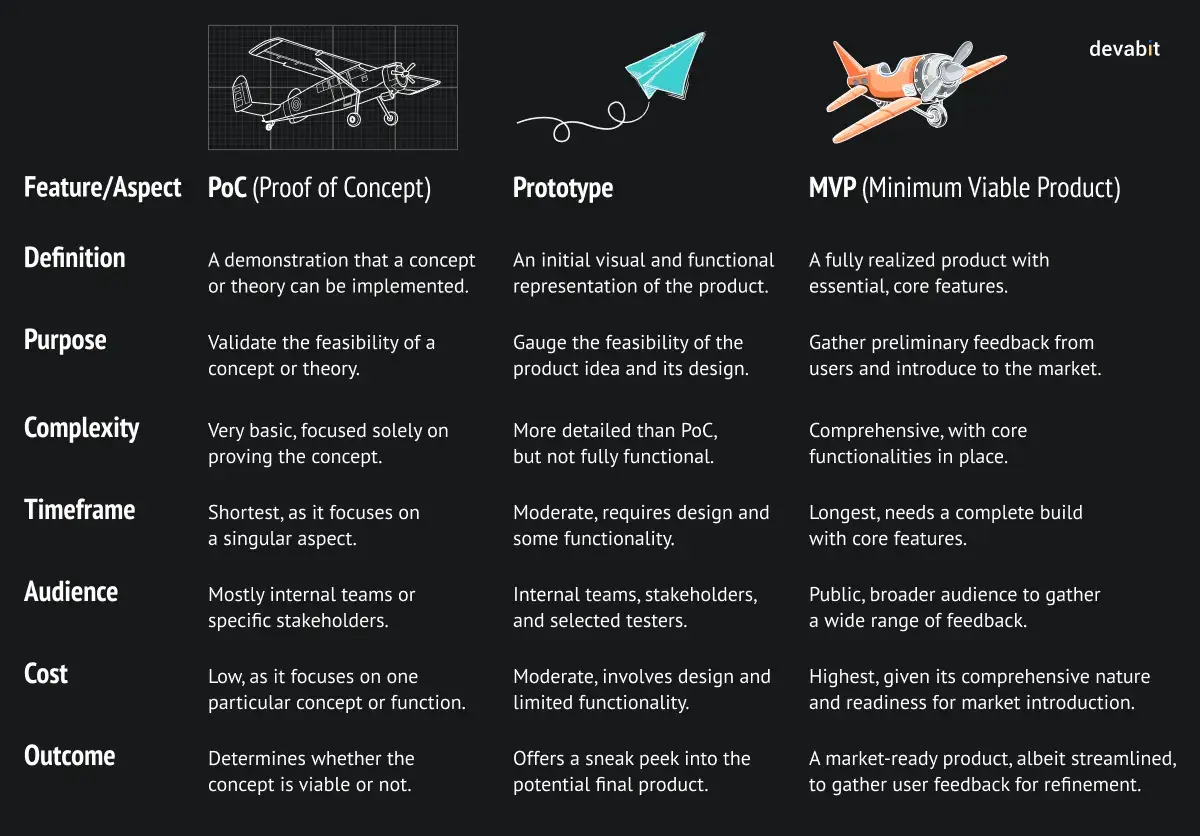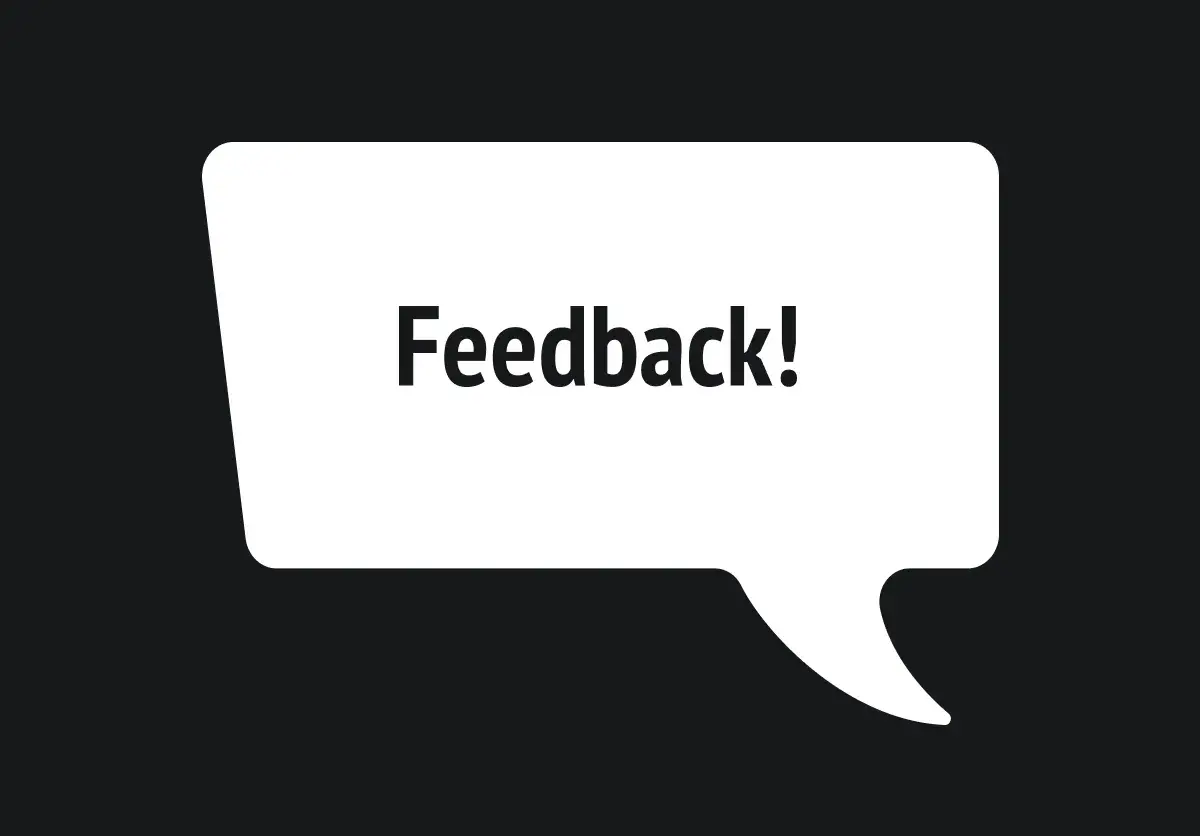Why Not Both? Distinguishing Prototype vs. MVP Approaches
Launching a product is similar to launching a ship — meticulous planning, accuracy, and timely execution become your compass and map. Yet, here comes the dilemma. Unlike sailors who follow the predefined root, business owners often have to choose the right direction: prototype vs. MVP? At first glance, these concepts seem similar. Nevertheless, the further you dive, the more differences you notice. So, let us solve this eternal controversy and see who wins the battle. Prototype vs. MVP: which one is better for your project? Read on to find out.

- Back to the Basics: Prototype vs. MVP
- Prototype vs. MVP: Core Differences
- Prototype vs. MVP: Consider the First Player
- Prototype vs. MVP: Consider the Second Player
- Prototype vs. MVP: Melding the Opposite Worlds
- Prototype vs. MVP, That Is the Question
- Prototype vs. MVP: Navigating Potential Pitfalls
- Prototype vs. MVP or Prototype + MVP?
- Prototype vs. MVP: Harmony in Duality
Back to the Basics: Prototype vs. MVP
It is not a secret that the house is only as strong as its foundation. Similarly, understanding the fundamental principles of product development and design approaches can help us choose between prototype vs. MVP.
Prototype
A prototype may be described as a mockup or a simple representation of your vision. Simply stated, it is like the blueprint of a house, demonstrating the whole structure without highlighting the details. While prototypes can range from high to low fidelity and from interactive to static, their primary role is to visualize and validate the design and enhance the precision of analysts and system users. Being an integral part of the design process, prototypes serve as tangible models of the solutions to the issues already identified by the designers during the concept/idea phase. Using prototypes instead of sending products into mass production, designers can quickly present a primary version of their idea to actual users and validate the functionality while saving costs. Although prototypes typically do not meet the expectations during real-life tests, it does not mean this method is inefficient. Over and above that, identifying weaknesses during the initial phase of product design and development helps to save your budget while prioritizing the quality of the final solution.

Minimum Viable Product (MVP)
MVP, which stands for a minimum viable product, is the skeleton structure of a house. It has the basic rooms but might lack the decorations. In general, MVPs are utilized to hit the market, test the waters, and gather feedback for future elaboration. Like the walls built to gauge the potential of a future house, the MVP offers a glimpse of the final product's potential, allowing designers to test its viability, gather valuable insights, and upgrade features according to users' needs and preferences. Ultimately, this approach not only reduces the risk of large-scale failures but also ensures that the product is shaped in tandem with market demands. By embracing the MVP philosophy, businesses can navigate the unforeseen waters of innovation, making informed decisions that align closely with user expectations and innovative trends.

PoC: Eminence Grise in the World of Design
Suppose you have an innovative idea for constructing a new type of foundation for houses. At first glance, your unique approach seems more cost-effective, quicker to build, or even more environmentally friendly than traditional methods. Yet, before constructing an entire house using this revolutionary method, you want to test the feasibility of your idea to ensure it will actually hold up under real-world conditions. In this scenario, creating a PoC enters the game. To put it briefly, it is like constructing just a tiny section of the foundation in an isolated spot. You do not have to build the entire house or foundation. The only thing you need is to create a piece big enough to test. If this small section of the foundation passes all your tests, then the PoC is successful: you have shown that the concept of your new foundation type is valid and has real-life potential. It proves that your idea works, at least on a fundamental level.

Prototype vs. MVP: Core Differences
While both prototype and MVP are designed to validate the product, where is the real difference? Let us try to figure it out together.
Functionality & Design
Unlike a prototype, an MVP stands as a fully functional product. It offers essential features that capture the core functionalities, ensuring users can engage with the product as intended. Although these features are pretty primitive and minimalistic, they are complete and ready for use. Contrariwise, a prototype represents an initial visual and functional representation of the product. It is created to simulate the experience of the final product version, providing an impression of what the outcome might look and feel like. However, in contrast to MVP, it does not possess all the full-fledged features needed for user engagement.
Key Objective
On the one hand, the principal goal behind designing an MVP is to gather initial feedback from its first users, which can be useful for further development and progress. It is a version of the software close to what the market might see, focusing on the product's core functionality. On the other hand, the prototype primarily serves as a tool to measure the feasibility of a given idea. With prototyping, designers can validate not only the problem they seek to solve but also the effectiveness and appeal of their solutions. While the MVP immerses users in a near-complete product experience, a prototype offers stakeholders a sneak peek into the potential final product.

Level of Complexity
When it comes to intricacy, prototypes typically offer a lesser degree of complexity compared to MVPs. An MVP, true to its name, embodies the vital essence of the software, ensuring users get the fundamental value it promises. On the flip side, a prototype is more of a preliminary draft, laying down the basic structure and design without going into elaborate details. Summing up, prototypes are simpler than MVPs.
Development Timeframe
The construction of MVPs typically requires more time compared to prototypes, and here is why: an MVP is not just about conceptualization. It is also about testing the practical application of an idea, ensuring its efficiency, and gathering user feedback for iterative development. Prototypes, meanwhile, serve as initial drafts, aiming to validate product ideas before diving deeper into full-scale development.
Target Audience Engagement
Speaking of accessibility, MVPs generally cater to a broader audience. Thanks to MVPs, users gain an opportunity to delve into the product experience so that designers can gather and analyze their reactions. Prototypes, however, are more exclusive, usually reserved for internal reviews or limited stakeholders, functioning as an early-stage preview rather than a market-ready product.
Cost Implications
From a financial perspective, prototypes are more cost-effective. Since their primary aim lies in visualizing and testing basic concepts, such an approach requires minimal investments. MVPs, in contrast, are associated with more structured budget estimation as they represent a more refined, market-ready version of the product idea.

Prototype vs. MVP: Consider the First Player
Why should you entertain the idea of prototyping first?
The Power of Visualization
According to a study by 3M, visuals are processed 60,000 times faster than text. Thus, prototypes provide an in-depth visual representation, speeding up the decision-making process.
Budget-Friendly Option
It is not a secret that the earlier a problem is detected in the development process, the cheaper it is to address. Consequently, prototyping can be cost-effective in catching design flaws early on.
Shape-Shifting Flexibility
At this stage, designs can be easily modified without severe consequences.
Feedback First
Before introducing your idea to the world, get your team on board. Prototyping facilitates internal feedback, ensuring everyone is aligned.

Prototype vs. MVP: Consider the Second Player
So why might you choose an MVP over a prototype?
Validating with Real Voices
According to Forbes, over 70% of startups fail due to premature scaling. MVPs help avoid this pitfall by gathering genuine feedback before full-fledged scaling.
The Revenue Rundown
Launching an MVP can kickstart your revenue streams, validating not just the product but also the business model.
Investor Magnetism
As claimed by CB Insights, presenting a working MVP increases the chances of attracting investor interest by 58%.
Embrace Evolution
MVPs and agile development go hand-in-hand, facilitating successful improvements based on user feedback.
Prototype vs. MVP: Melding the Opposite Worlds
The prototype-MVP sequence might be a powerful combo for many companies seeking to reach success. It ensures that design validation (prototype) is followed by market validation (MVP), minimizing risks at every stage.
On the one hand, the universe of startups has numerous examples, such as Dropbox, which began with a simple video prototype illustrating its vision and then transitioned to an MVP to test real-world functionality. On the other hand, companies like Airbnb jumped straight into the MVP phase, showcasing that sometimes, if you have a disruptive idea, it is better to test the waters immediately.

Prototype vs. MVP, That Is the Question
All in all, how do you choose the right approach? Or maybe there is no point in choosing one option...
Project's Maturity
An initial idea may blossom through prototyping, whereas a more crystallized vision might be ready for MVP.
Resource Allocation
Bootstrapped startups might lean towards MVPs to validate and potentially generate revenue quickly.
Product Intricacy
For avant-garde products, it is often beneficial to prototype first, getting the design right before market testing.
Strict Timeframes
If you have limited timeframes, want to live up to the market trends, or need to capture a timely opportunity, then going straight to MVP can give you a competitive edge.
Risk Appetite
Those willing to embrace higher risks for potentially larger rewards might opt for an MVP. Meanwhile, the cautious innovator might favor prototyping to address potential pitfalls in the early stages.
Brand Reputation
Launching an MVP might have a stronger impact on the brand, especially if it does not resonate with users. Prototypes, being internal or limited releases, pose less threat to brand image and perception.
While both prototypes and MVPs have multiple advantages, there are also several drawbacks you should be aware of.
Design Overdrive
Investing too much time in perfecting a prototype can delay market entry.
MVP Missteps
Cutting too many features can result in an MVP that does not truly represent the expected product.
Feedback Follies
In the race to move forward, always pause to analyze and act on feedback, whether during prototyping or post-MVP.
Prototype vs. MVP or Prototype + MVP?
To be or not to be, to choose prototype or MVP or... Choose both?
Why not both? This is the provocative phrase we started our article with. However, here is an essential reminder: do not jump to conclusions since both prototype and MVP can be utilized together. While you recover from this surprising fact, let us find out why prototype and MVP can be a perfect couple. As we have already clarified, prototyping is an ideal method for testing your product within internal control groups of users. In this way, you can gain valuable insights and fix your product before introducing it to real users. Nevertheless, this approach does not help to understand whether end-users will like your product or not. Fortunately, as a ready-to-use version of a product, MVP is a real game changer when it comes to gathering real-life feedback. Hence, if your budget allows you to combine these approaches, the eternal argument 'prototype vs. MVP" can eventually turn into a happily married couple. Well, life is full of surprises, isn't it?:)

Prototype vs. MVP: Harmony in Duality
While prototypes and MVPs are associated with different stages of product design, their symbiosis can be the secret recipe for a successful development journey. Validating your products with prototypes and MVPs (plus, do not forget about the 'eminence grise'), you are well-equipped to set sail on your startup voyage.
Prototype vs. MVP: which one have you leaned towards? In any case, choosing between prototype vs. MVP can be challenging, so we hope this article has helped sort things out. At the same time, remember that no choice is also an option since sometimes you can implement several product validation stages simultaneously (like prototype, MVP, PoC) to ensure your idea is 100% feasible.

Ready to validate your next market-leading idea with devabit? From PoC to MVP development, we offer a brunch of services to ensure your products will successfully hit the market. Just drop us a line below, and our skilled experts will help you choose the right path.
Recent Publications
Don't miss out! Click here to stay in touch.
Discover More

Relevant Articles View all categories
View all categories CONNECT WITH US WE’RE READY
TO TALK OPPORTUNITIES
THANK YOU! WE RECEIVED YOUR MESSAGE.
Sorry
something went wrong



